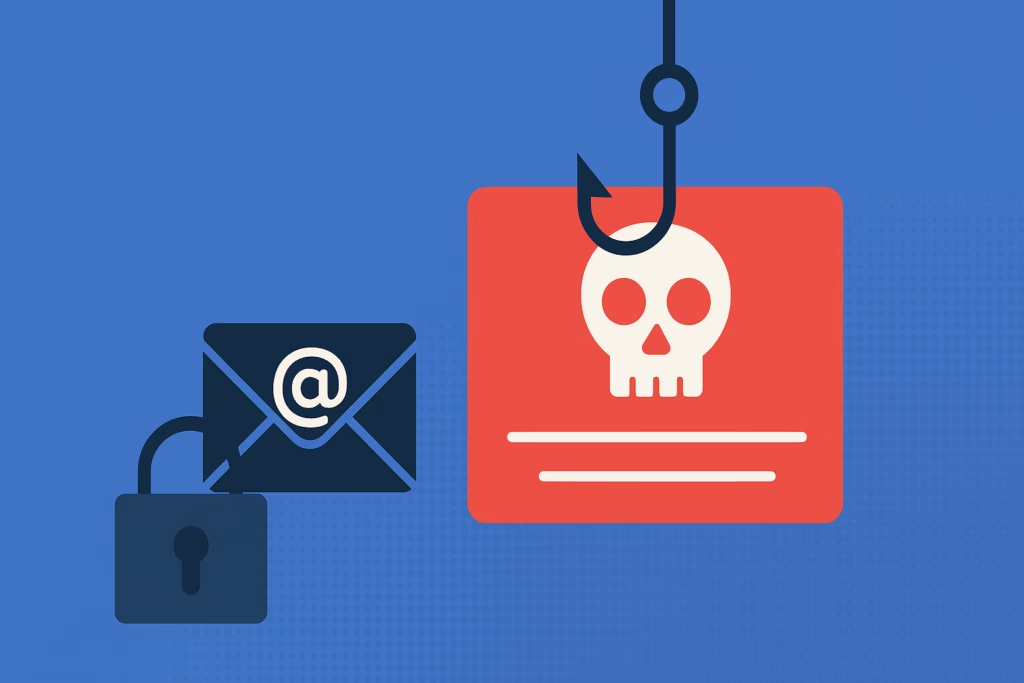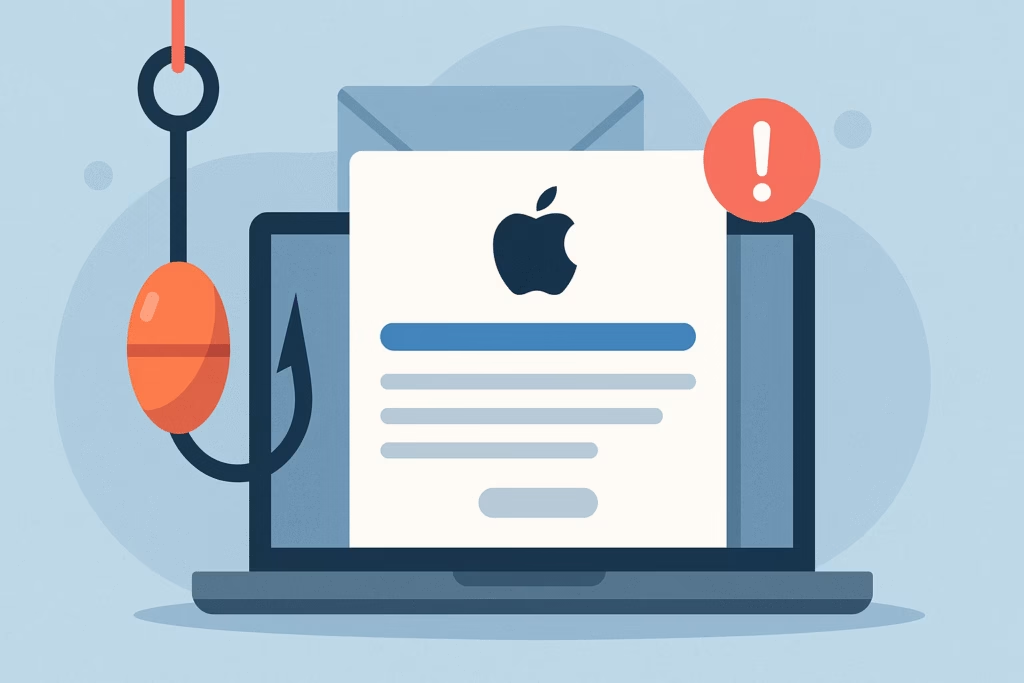
Cybercriminals are increasingly leveraging trusted platforms like Dropbox, Microsoft Teams, and SharePoint to launch sophisticated phishing attacks that bypass traditional security measures. These attacks are particularly dangerous because they exploit our inherent trust in familiar services, making them significantly more likely to succeed against even security-conscious users.
The shift toward cloud-based collaboration tools has created new attack vectors that cybercriminals actively exploit. According to FBI’s Internet Crime Report, phishing remains the most common cybercrime, with losses exceeding $10.3 billion in 2022. What makes platform-based phishing particularly concerning is how it weaponizes legitimacy to circumvent our natural skepticism.
Understanding Platform-Based Phishing Tactics
Platform-based phishing represents an evolution in cybercriminal strategy. Instead of relying on suspicious emails from unknown domains, attackers create authentic-looking communications that appear to originate from trusted services. This approach exploits several psychological factors that make us more vulnerable to deception.
The success of these attacks stems from their ability to mimic legitimate platform communications. Users receive notifications that appear genuine, complete with correct branding, familiar interfaces, and seemingly appropriate context. The sophistication of these attacks has reached a point where even cybersecurity professionals can struggle to identify fraudulent communications at first glance.
The Trust Factor Advantage
Cybercriminals understand that we’re conditioned to trust communications from platforms we use daily. When you receive a SharePoint sharing notification or a Teams meeting invitation, your natural response is to engage with it. This conditioned trust response is precisely what attackers exploit to bypass our normal security awareness.
Dropbox Phishing: File Sharing Deception
Dropbox phishing attacks have become increasingly sophisticated, leveraging the platform’s widespread business adoption and users’ familiarity with file-sharing workflows. These attacks typically manifest in several distinct forms, each designed to exploit different aspects of how organizations use cloud storage services.
Common Dropbox Phishing Scenarios
The most prevalent Dropbox phishing attack involves fake file-sharing notifications. Attackers send emails that appear to come from Dropbox, claiming someone has shared an important document requiring immediate access. These emails often include:
- Legitimate-looking Dropbox branding and formatting
- Urgent language suggesting time-sensitive documents
- Links that redirect to credential harvesting pages
- Spoofed sender addresses that appear official
Another common variant involves fake storage limit notifications. Users receive messages claiming their Dropbox storage is full or their account requires verification. These messages direct victims to fraudulent login pages designed to steal credentials and potentially install malware.
Advanced Dropbox Phishing Techniques
Sophisticated attackers have begun creating actual Dropbox accounts to host malicious content, lending additional legitimacy to their campaigns. By using genuine Dropbox infrastructure, these attacks can bypass email filters and appear more credible to recipients.
Some attackers also exploit Dropbox’s collaboration features by sharing folders containing malicious files with targeted users. These attacks are particularly effective against businesses where file sharing is routine and users may not scrutinize every shared document carefully.
Microsoft Teams Phishing: Exploiting Communication Trust
Microsoft Teams phishing represents one of the most concerning developments in platform-based attacks due to the application’s central role in modern business communication. With over 250 million monthly active users, Teams has become a prime target for cybercriminals seeking to infiltrate corporate networks.
Teams Phishing Attack Vectors
Microsoft Teams phishing attacks typically exploit the platform’s notification system and meeting functionality. Attackers send fake meeting invitations that appear to come from colleagues or external partners, often with titles like “Urgent Budget Review” or “Quarterly Planning Session.”
These fraudulent invitations may include:
- Links to fake Teams login pages designed to steal credentials
- Attachments containing malware disguised as meeting agendas
- Requests to join external Teams instances controlled by attackers
- Social engineering tactics to extract sensitive information during fake meetings
Another sophisticated approach involves attackers joining legitimate Teams channels through compromised accounts, then using their presence to establish trust before launching targeted attacks against other team members.
Teams Integration Exploitation
Cybercriminals also target Teams’ extensive integration ecosystem. Fake notifications about app installations, bot interactions, or third-party service connections can trick users into granting excessive permissions or installing malicious applications within their Teams environment.
The integration angle is particularly dangerous because it can provide attackers with persistent access to organizational communications and data, even after initial security incidents are addressed.
SharePoint Phishing: Document-Based Deception
SharePoint phishing attacks leverage the platform’s role as a central document repository and collaboration hub within organizations. These attacks are especially effective because SharePoint notifications are expected and routine for most business users.
SharePoint Attack Methodologies
The most common SharePoint phishing technique involves fake document sharing notifications. Attackers send emails claiming that important documents have been shared via SharePoint, often with subjects like “Contract Review Required” or “Updated Employee Handbook.” These messages include links that appear to lead to SharePoint but actually direct users to credential harvesting sites.
More sophisticated attacks involve creating fake SharePoint sites that mimic legitimate organizational intranets. These sites may include:
- Accurate company branding and layout
- Realistic document structures and naming conventions
- Forms requesting sensitive information under official pretenses
- Malicious documents that execute when downloaded
Permission-Based SharePoint Attacks
Attackers also exploit SharePoint’s permission system by sending fake notifications about access requests or permission changes. These messages often create urgency by suggesting that important documents will become inaccessible unless immediate action is taken.
Some attacks involve legitimate SharePoint sites that have been compromised to host malicious content. Because the SharePoint instance itself is genuine, these attacks can be extremely difficult to detect using traditional security tools.
Advanced Detection and Prevention Strategies
Protecting against platform-based phishing requires a multi-layered approach that combines technical controls with user education and awareness. Traditional email filters may not catch these attacks because they often use legitimate platform infrastructure.
Technical Safeguards
Organizations should implement several technical measures to defend against platform-based phishing:
- Advanced Threat Protection: Deploy solutions that analyze link destinations and file contents, even when hosted on legitimate platforms
- Conditional Access Policies: Configure platform access controls that require additional verification for unusual access patterns
- Domain Authentication: Implement SPF, DKIM, and DMARC records to prevent domain spoofing
- Network Monitoring: Monitor for unusual data access patterns and file sharing activities
Advanced phishing protection services like PhishDef can provide additional layers of security by analyzing communications patterns and identifying sophisticated platform-based attacks that traditional filters might miss.
User Education and Awareness
Technical controls alone cannot prevent all platform-based phishing attacks. Users need specific training on how these attacks operate and what warning signs to watch for:
- Verify unexpected sharing notifications through alternative communication channels
- Check sender authenticity for meeting invitations and document requests
- Be cautious of urgent requests involving sensitive information or access credentials
- Regularly review platform permissions and connected applications
Incident Response for Platform-Based Attacks
When platform-based phishing attacks succeed, the response must address both the immediate security breach and the ongoing risks associated with compromised platform access. Unlike traditional phishing attacks that may only compromise email credentials, successful platform attacks can provide attackers with extensive access to organizational data and communications.
Immediate Response Actions
Organizations should have specific response procedures for platform-based compromises:
- Immediately revoke affected user sessions and reset credentials
- Audit recent file access and sharing activities
- Review and revoke suspicious application permissions
- Check for unauthorized external sharing or collaboration
- Monitor for data exfiltration attempts
The interconnected nature of modern platforms means that a compromise in one service can quickly spread to others, making rapid response critical for containing the incident.
Building Resilient Platform Security
Long-term protection against platform-based phishing requires organizations to rethink their approach to cloud service security. The traditional perimeter-based security model is insufficient when trusted platforms can be weaponized against users.
Organizations must implement zero-trust principles that verify every access request and continuously monitor platform interactions for suspicious activities. This includes regular audits of platform permissions, automated detection of unusual sharing patterns, and proactive user education about emerging attack techniques.
The sophistication of platform-based phishing attacks will continue to evolve as cybercriminals refine their techniques and discover new ways to exploit our trust in familiar services. Staying ahead of these threats requires continuous vigilance, regular security updates, and comprehensive protection strategies that address both technical vulnerabilities and human factors.
Ready to strengthen your organization’s defenses against sophisticated platform-based phishing attacks? PhishDef’s advanced protection solutions can help identify and block these complex threats before they reach your users. Our specialized platform analysis capabilities provide the comprehensive coverage your organization needs to stay secure in today’s evolving threat landscape. Contact us today to learn how we can enhance your phishing protection strategy.


